How stress makes us stronger
In this issue: Brain Health and Exercise, Stress and Neuroscience, Robotic Surgery, Covid Vaccines, Hygiene Theater and Influenza Masks of 1918.
Hey all, greetings from Santa Monica!
This newsletter began as a group chat with friends. In 3 months it’s grown to 2,000 subscribers.
I’m still playing around with the format. My last few issues were deep dives on specific topics: neuroscience of learning and creativity, digital tools for brain enhancement, and women’s health and fertility.
If you have feedback or suggested topics you’d like me to cover, shoot me a note. And please share this newsletter with a friend!
Until next week,
Mind-Body Research
How do professional athletes develop such exquisite control over their muscles and movements?
A study found weight training prompts changes in the nervous system that prime the muscles to get bigger and stronger.
The process appears to involve neurons and nerve fibers that carry commands from the brain’s motor cortex, which controls muscular contractions, to the spinal cord and, from there, to the muscles.
This mind-body connection explains how yoga experts and pro athletes are able to communicate their will to their body through the nervous system.
How Stress Makes Us Stronger
It was great to see my pal Andrew Huberman on Joe Rogan last week. Andrew is a Stanford neuroscience professor with a gift for making science fun and accessible. He’s been a pioneer in using Instagram to teach neuroscience via short explainer videos.
“Dopamine is released anytime a human or animal feels they are on the right path.”
He described the tube dominance test, an experiment where two mice fight for position in a tube. When one mouse pushes the other mouse out of the tube, that one is declared the winner.
It’s been shown that once a mouse wins the tube test, they keep on winning. Even if you take a loser and push it from behind with a stick, and it wins—even if it doesn’t win on its own effort—it becomes a winner. How to explain this finding?
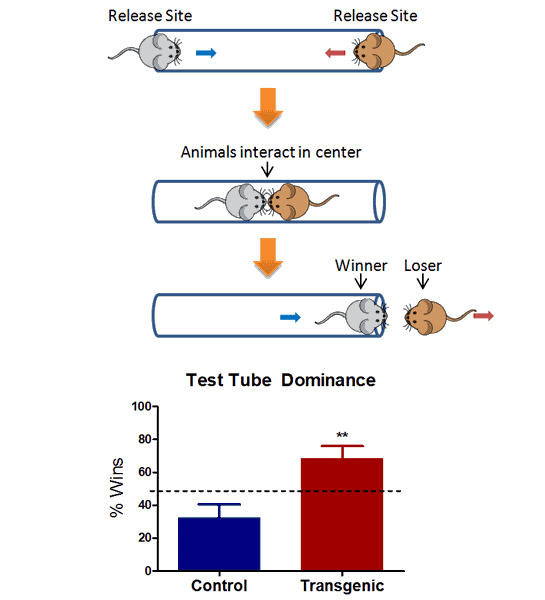
Neuroscientists used brain monitoring tools to figure out there’s a specific area of the prefrontal cortex that becomes more active in the winner and less active in the loser. So much so that if you shut down that area, the winner becomes the loser.
This brain activity takes the feeling of stress and arousal that both mice are experiencing and converts it to more forward movement per unit time.
One animal takes the feeling of stress and backs up, and the other animal takes the same feeling and moves forward. You can take an arena and make it really cold, put a warm heat lamp in the corner, and the animal that won the tube test gets the sweet spot every time.
This part of the brain maps to frustration and anger. Frustration and anger were designed to get us to move forward adaptively, says Huberman.
“As a society right now we are stressed. We need tools to buffer stress. But we were endowed with this amazing neurology that allows us to do this—we did it with famine, with foreign invaders, with animals and storms.
Forward movement balanced by rest is the solution that’s worked for us for tens of thousands of years, and it’s what is going to work for us now. The struggle is good—it leads to growth and a sense of meaning.”
Robotic Surgery
How is Covid-19 spurring health tech innovation?
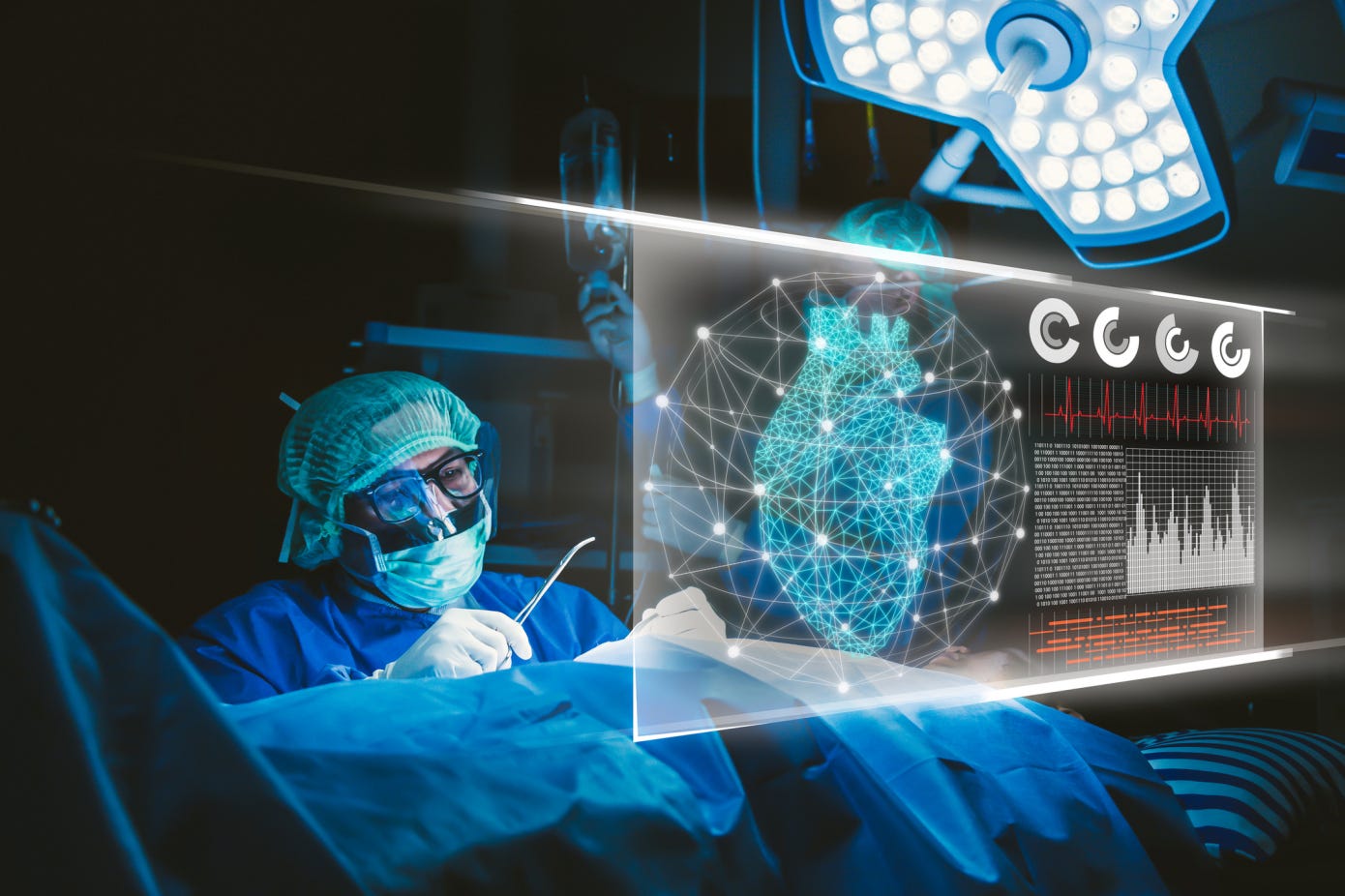
Boston-based startup Activ Surgical raised $15 million for its AI-based surgical vision system. (Disclosure: The company was co-founded by my friend Seth Teicher. Another friend, Vas Bailey of ARTIS Ventures, is an investor.)
Covid-19 is fueling the growth of image-guided and robotic surgery. The technology augments how surgeons can operate on the spine and brain, which lets them see corners and enhance images for precise surgical tasks.
I’ve advised several companies developing robotic surgery tech. It’s a super-cool field that’s already improving the outcomes of common surgeries—knee, hip, spine, brain—performed on millions each year.
Covid News Roundup
A new treatment may cut the odds of a Covid-19 patient developing severe disease by 79%. We need more clinical data on this treatment to see if it’s really safe and effective, but the 101-person study is a good signal.
Biotech company Moderna initiated a large (30,000 person) vaccine trial on Monday. It’s great to see my McKinsey buddy Dr. Stephen Hoge leading the way here as Moderna president. Years ago he and I played poker at a corporate retreat in Kitzbuhel, Austria. Now he’s helping rescue us from a global pandemic.
How can the US shore up its Covid-19 testing capabilities? People are waiting up to 2 weeks to get test results. Pooled testing could be a way to quickly and sharply increase testing capacity in many states.
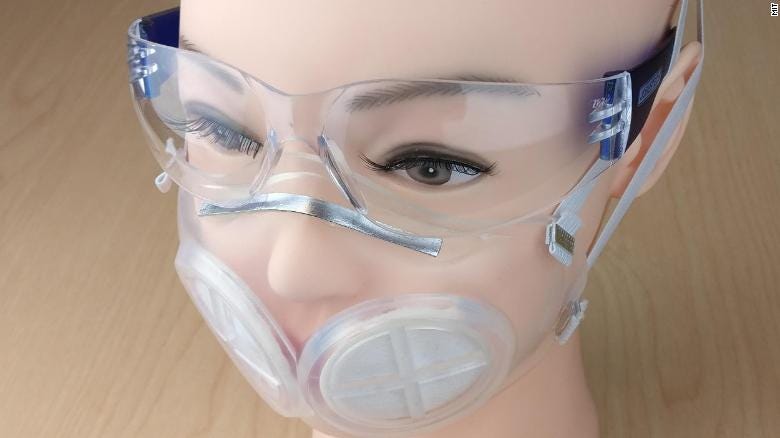
Meet the iMASC: MIT engineers designed an affordable, reusable face mask that’s as effective as an N95 respirator.
The Atlantic’s Derek Thompson writes about “Hygiene Theater”—how restaurants, gyms, and subways have wasted millions of dollars on fancy cleaning plans to defeat a mostly airborne plague and made Americans more confused and unsafe in the process.


The Influenza Masks of 1918
The Atlantic published a collection of images from a century ago of people doing their best to keep others and themselves safe. Amazing to see the parallels with today:
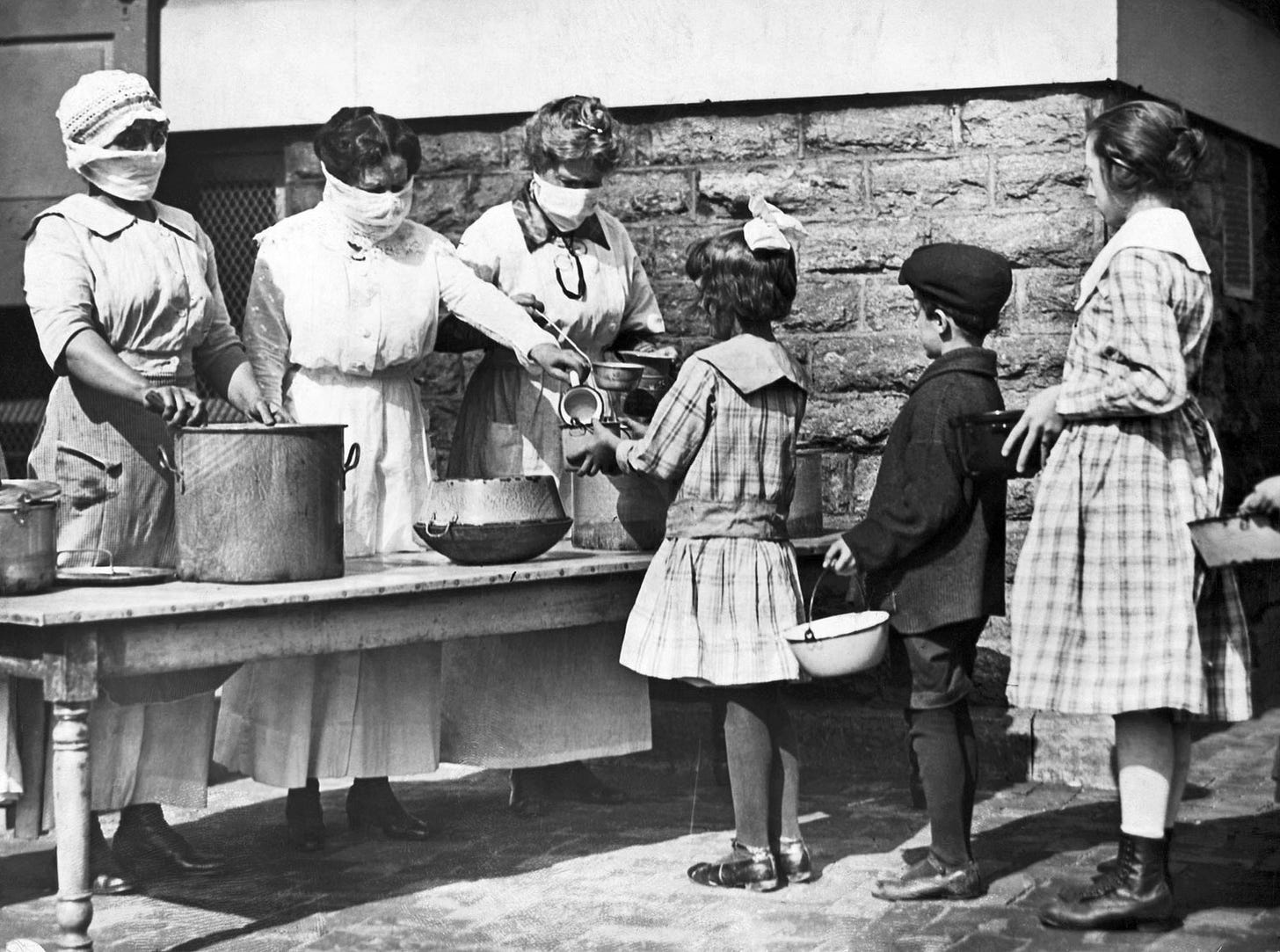
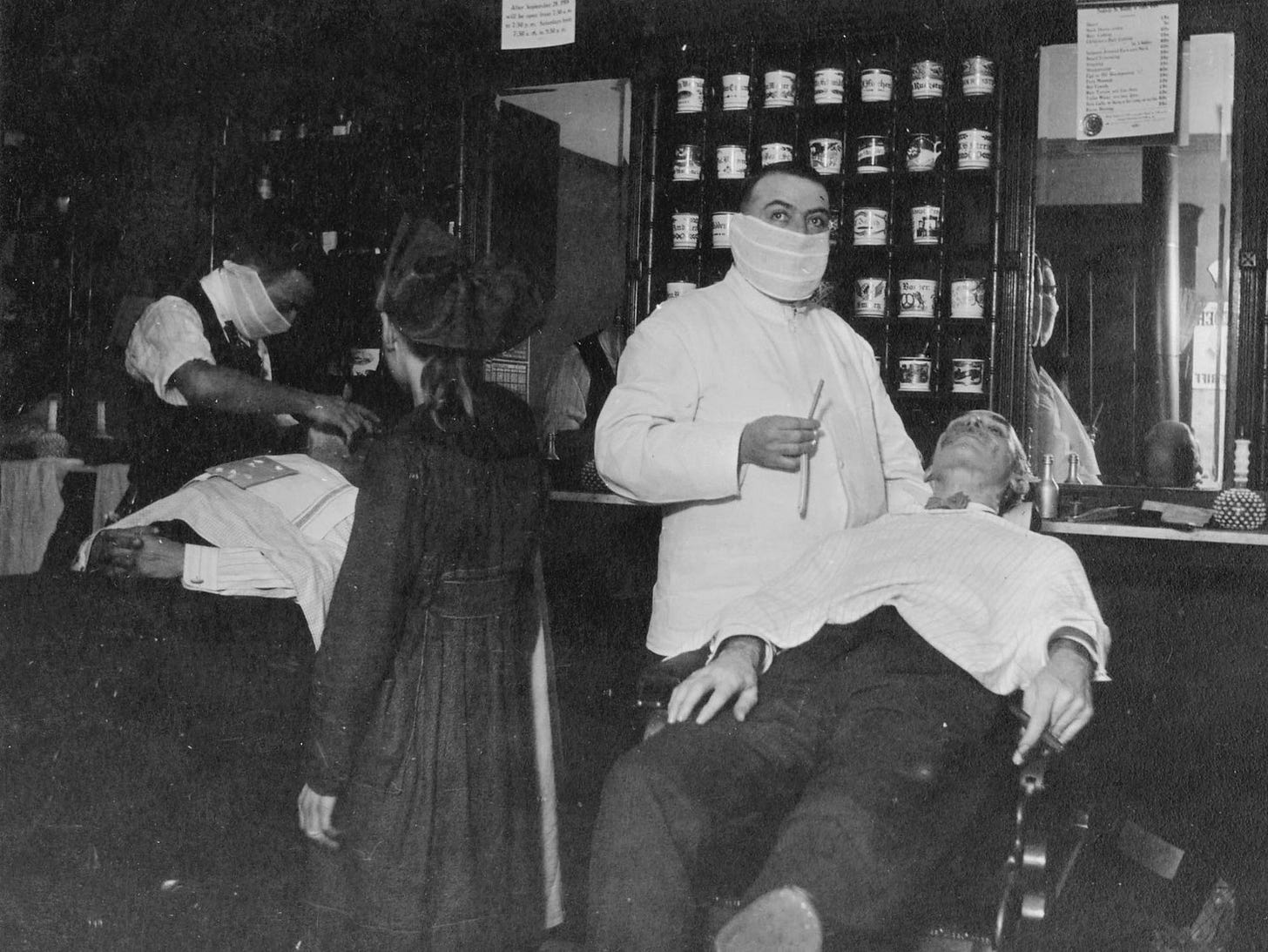
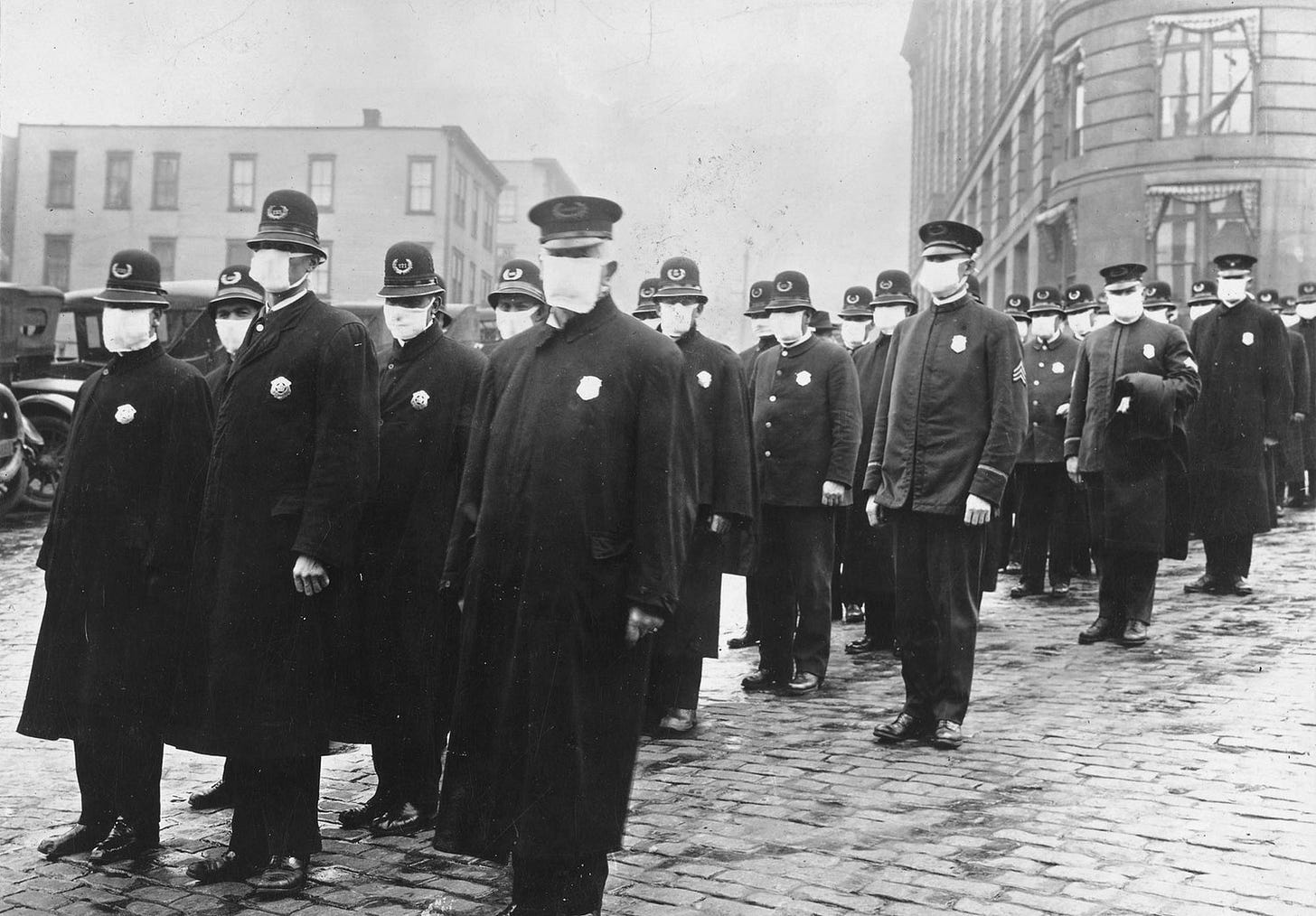
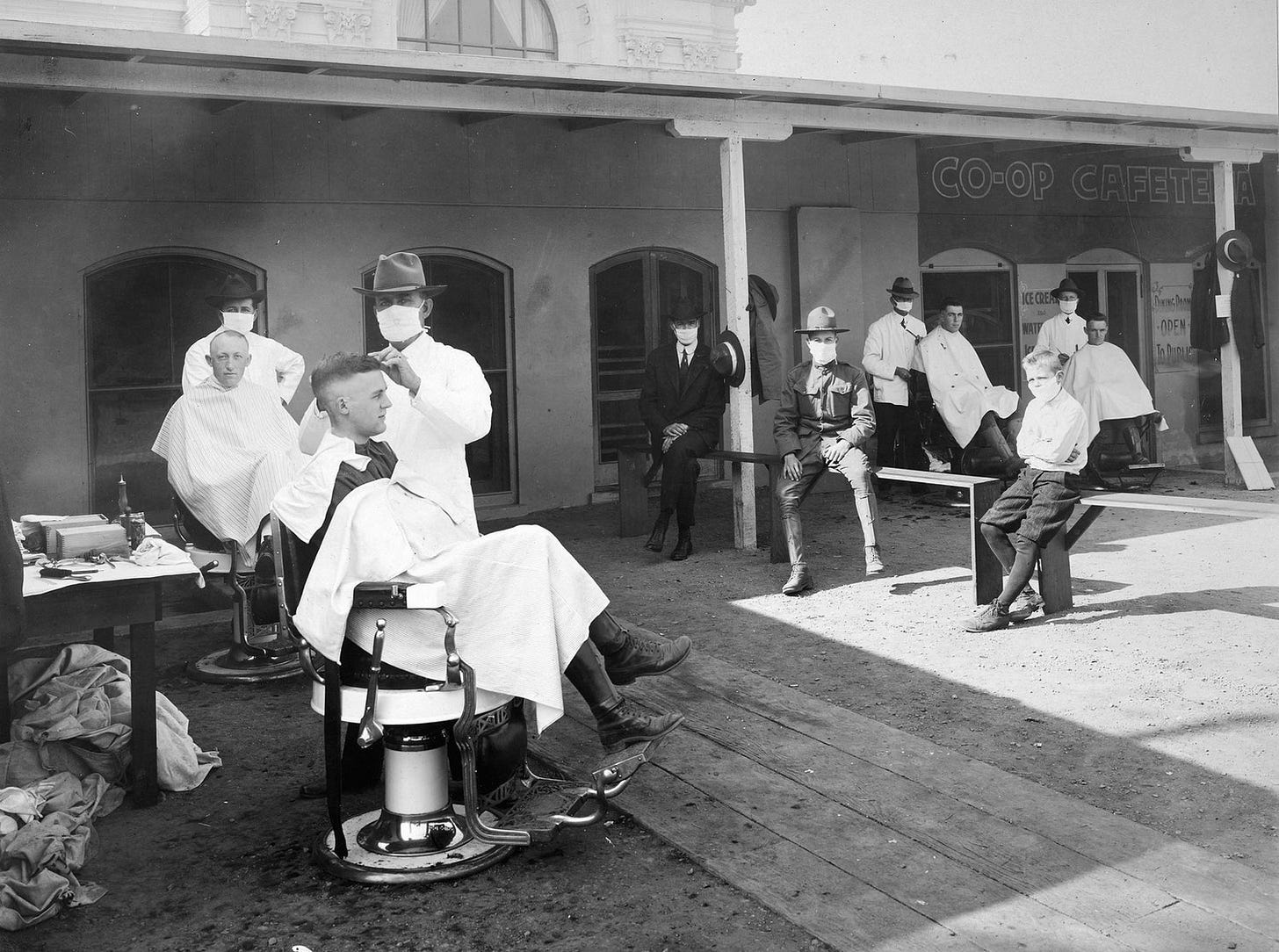
Zahler Nutrition
A friend told me about this nutrition company that has a very familiar brand name. I’m not sure how I feel about this.
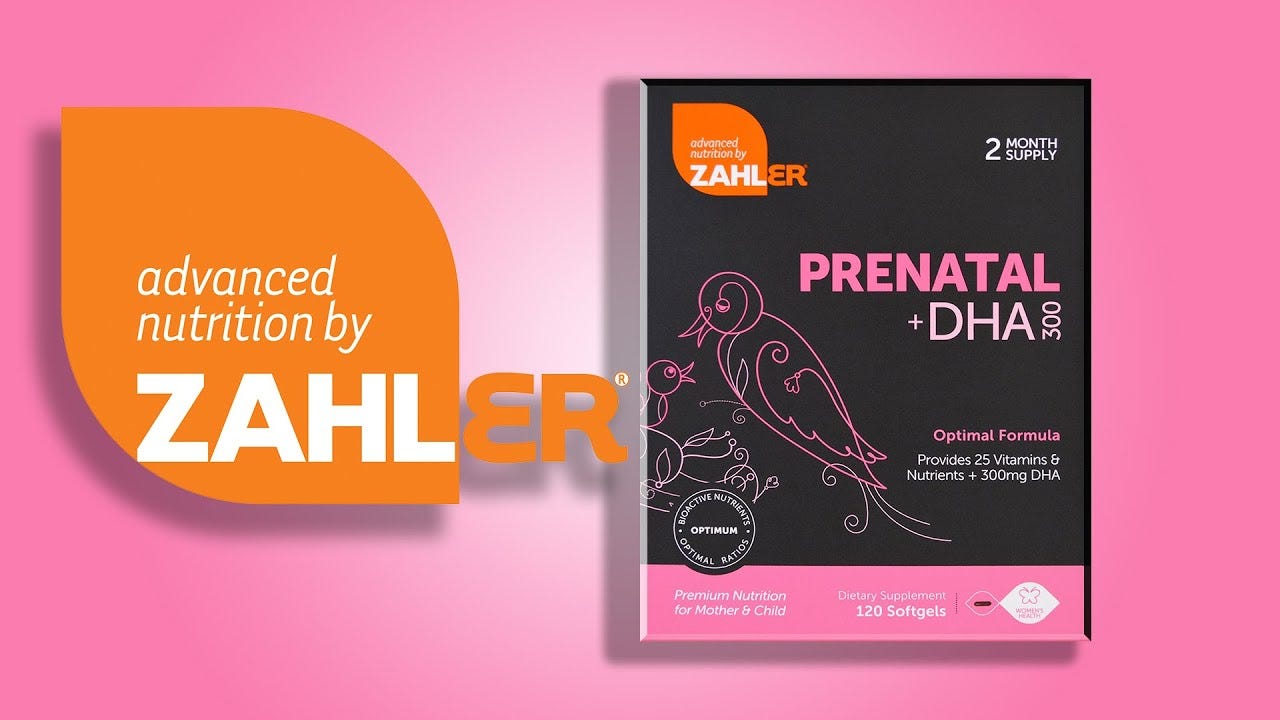
Quarantine Life Hack of the Week
I’ve had 100 meaningful in-person interactions in July, up from 54 last month. This is according to my color-coded wall calendar where I track every non-work, non-family interaction that’s meaningful (you know - non-transactional, heart-to-heart, connecting on a human level).
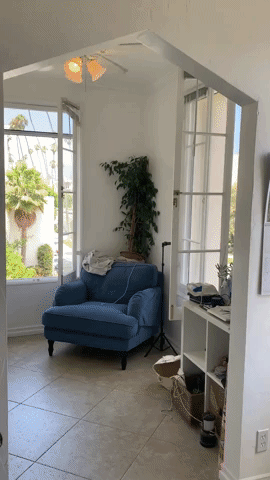
Solo quarantining is no joke. I used to keep a daily habit tracker for things like diet and exercise, but then I realized social isolation was the biggest thing I needed to focus on. When things get lonely, it’s a nice way to remind myself of all the people in my life I’m grateful for.

By Daniel Zahler
I’m Daniel, a healthcare and life sciences consultant based in Santa Monica, California. Every week I write an email newsletter with perspectives on health and wellness trends, and strategies & tactics on how to optimize cognitive, physical and emotional health.
Enjoy this?
There are a few things to do:
Hit the “like” button
Follow me on Twitter.
Become a subscriber!


